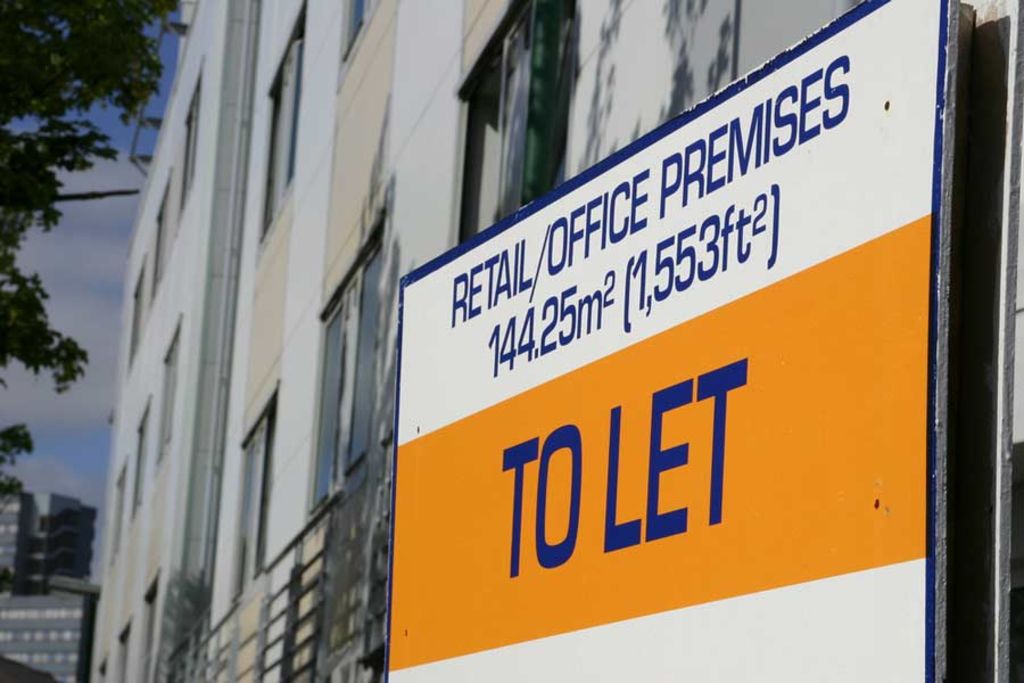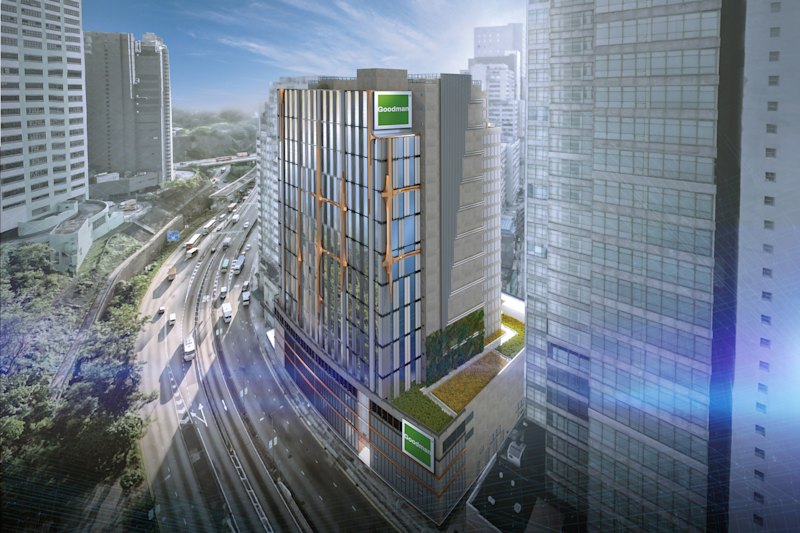
What is sub-leasing and how can I use it to drive cost efficiency?
If you are thinking of sub-leasing your office or industrial space to earn extra income and reduce your overall business costs, there are a few important things to consider.
Firstly, you will need to gain a clear understanding of your commercial lease and any clauses that relate to sub-leasing. You may find yourself in a lot of hot water if you make any assumptions or hope that the landlord will turn a blind eye. The last thing you want is to find yourself in court with a large legal bill, so consult your solicitor to ensure that sub-leasing is allowed.
Once you have established the legal right to sub-lease, you will need to prepare your area for a new tenant. There are costs involved with establishing a space that can be sub-let. If your goal is to make an overall gain on sub-leasing, then there are sums you need to do first.
Calculate the likely revenue from sub-leasing
Work out what your likely income is going to be from sub-leasing. Research the rates for other comparable spaces in similar commercial premises and use that as a base. You will end up with a monthly or annual per square metre rate.
Estimate the cost of preparing your space
Next, you should gain an accurate estimate of what it will cost to sub-lease the space. These costs include:
- Legal costs: Estimate these from your own costs from your original commercial lease.
- Building costs: Every space is unique and requires different levels of construction work. Importantly, you must comply with the requirements of the National Construction Code (NCC) which provides the minimum necessary requirements for safety, health, amenity and sustainability in the design and construction of new building work in existing buildings throughout Australia. At a practical level, this means separating metering for power, separate switches for lighting and some potential reconfiguring of exits, sprinklers and energy lighting.
- Cost of meeting local council building regulations: Don’t start any work before consulting your local council.
Consult experts
Before you are overwhelmed, consider consulting a commercial interiors expert or builder who can review your space and provide you with an estimate based on meeting regulations.
Once you have calculated your estimated revenue based on the proposed terms of the sub-lease (six months, 12 months etc.) you can deduct the estimated building and compliance costs. If you can see a net gain, you’re on your way to making money.
Attract tenants
Assuming you’re ready to go, you’ll want to attract a tenant as soon as possible. Consider using the services of a reputable agent (again, this is another cost) who may have a database of prospective and pre-qualified tenants ready to move in.
Alternatively, you may want to use social media and your professional networks to find a tenant that complements your own business services.
With any leasing arrangement, forethought and preparation will see you armed with the right knowledge to help you make informed, and hopefully revenue-increasing, business decisions.










